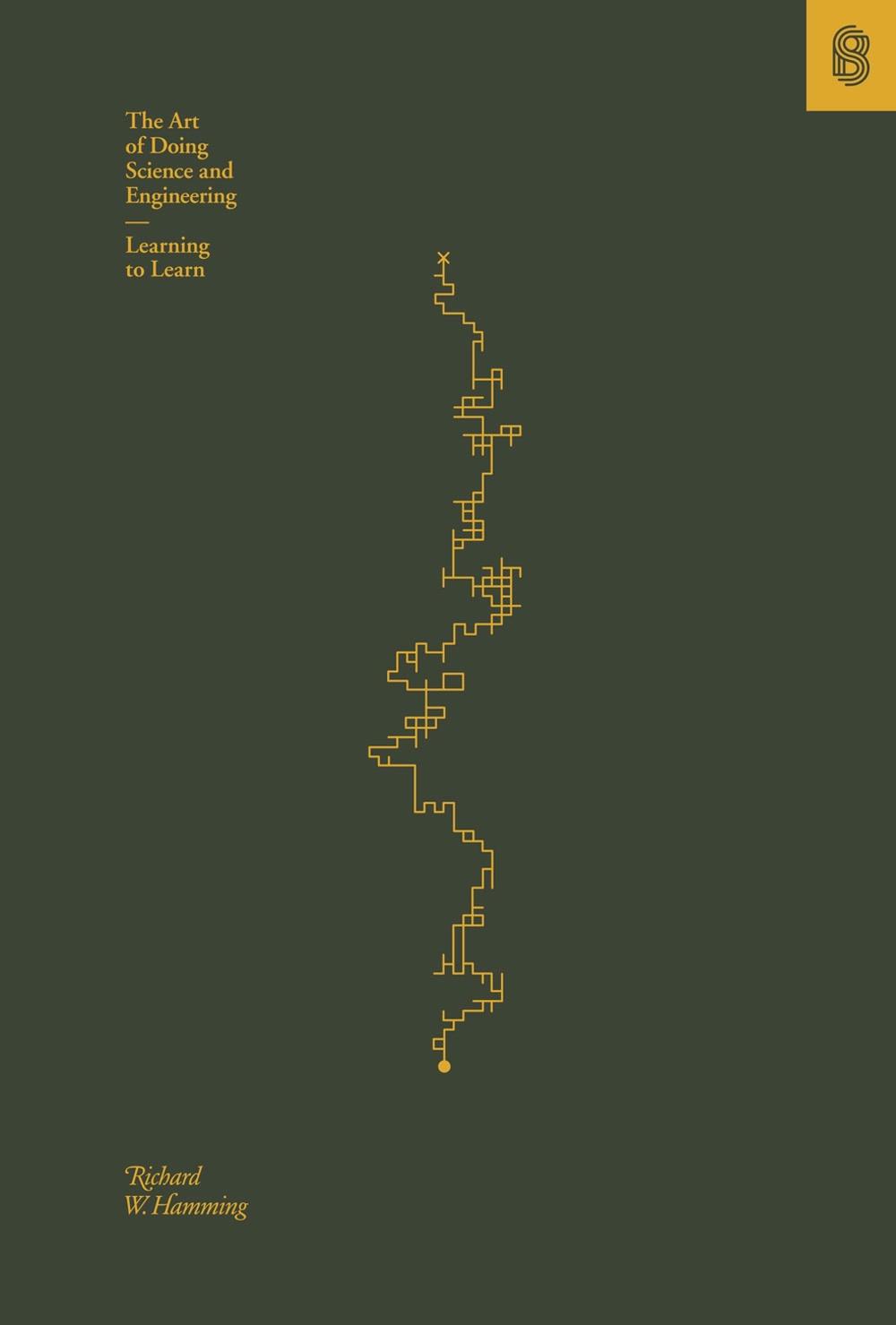
The Art of Doing Science and Engineering
learning to learn
$84.05
- Hardcover
432 pages
- Release Date
31 August 2020
Summary
Unlock Your Genius: The Art of Doing Science and Engineering
A groundbreaking treatise by one of the great mathematicians of our age, who outlines a style of thinking by which great ideas are conceived.
What inspires and spurs on a great idea? Can we train ourselves to think in a way that will enable world-changing understandings and insights to emerge?
Richard Hamming said we can. He first inspired a generation of engineers, scientists, and researchers in 1986 with …
Book Details
| ISBN-13: | 9781732265172 |
|---|---|
| ISBN-10: | 1732265178 |
| Author: | Richard Hamming, Bret Victor |
| Publisher: | Stripe Matter Inc |
| Imprint: | Stripe Press |
| Format: | Hardcover |
| Number of Pages: | 432 |
| Release Date: | 31 August 2020 |
| Weight: | 872g |
| Dimensions: | 80mm x 237mm x 160mm |
You Can Find This Book In
What They're Saying
Critics Review
“Your last chance to read the words of thinking of one of the major intellects that the USA has produced.”—Eugene N. Miya, NASA researcher“Hamming is here to tell you about excellence. His lessons unfold through personal stories of discovery and failure—life as an extraordinary scientist. But Hamming demands that you do extraordinary work, too, and for that he offers the best advice I know.”—Andy Matuschak, software engineer, designer, and researcher“Hamming was always as much a teacher as a scientist, and having spent a lifetime forming and confirming a theory of great people, he felt he could prepare the next generation for even greater greatness. That’s the premise and promise of this book.”—Bret Victor, founder of Dynamicland, designer, and engineer
About The Author
Richard Hamming
Richard W. Hamming (1915-1998) was a scientist and mathematician whose work inspired a generation of engineers, scientists, and researchers. He is best known for discovering mathematical formulas that allow computers to correct their own errors, a fundamental function of modems, compact disks, and satellite communications. Born in Chicago in 1915, he provided crucial programming support as a member of the Manhattan Project. After World War II, he joined Bell Labs, where over the next 15 years he was involved in nearly all of its most prominent achievements. He later taught and lectured at the Naval Postgraduate School in Monterey, California. Throughout his career, Hamming received many awards for his work, including the Turing Award in 1968, the highest honour in computer science. In 1988, the Institute of Electrical and Electronics Engineers created the Richard W. Hamming Medal in his honor, of which he was the first recipient.
Returns
This item is eligible for free returns within 30 days of delivery. See our returns policy for further details.




